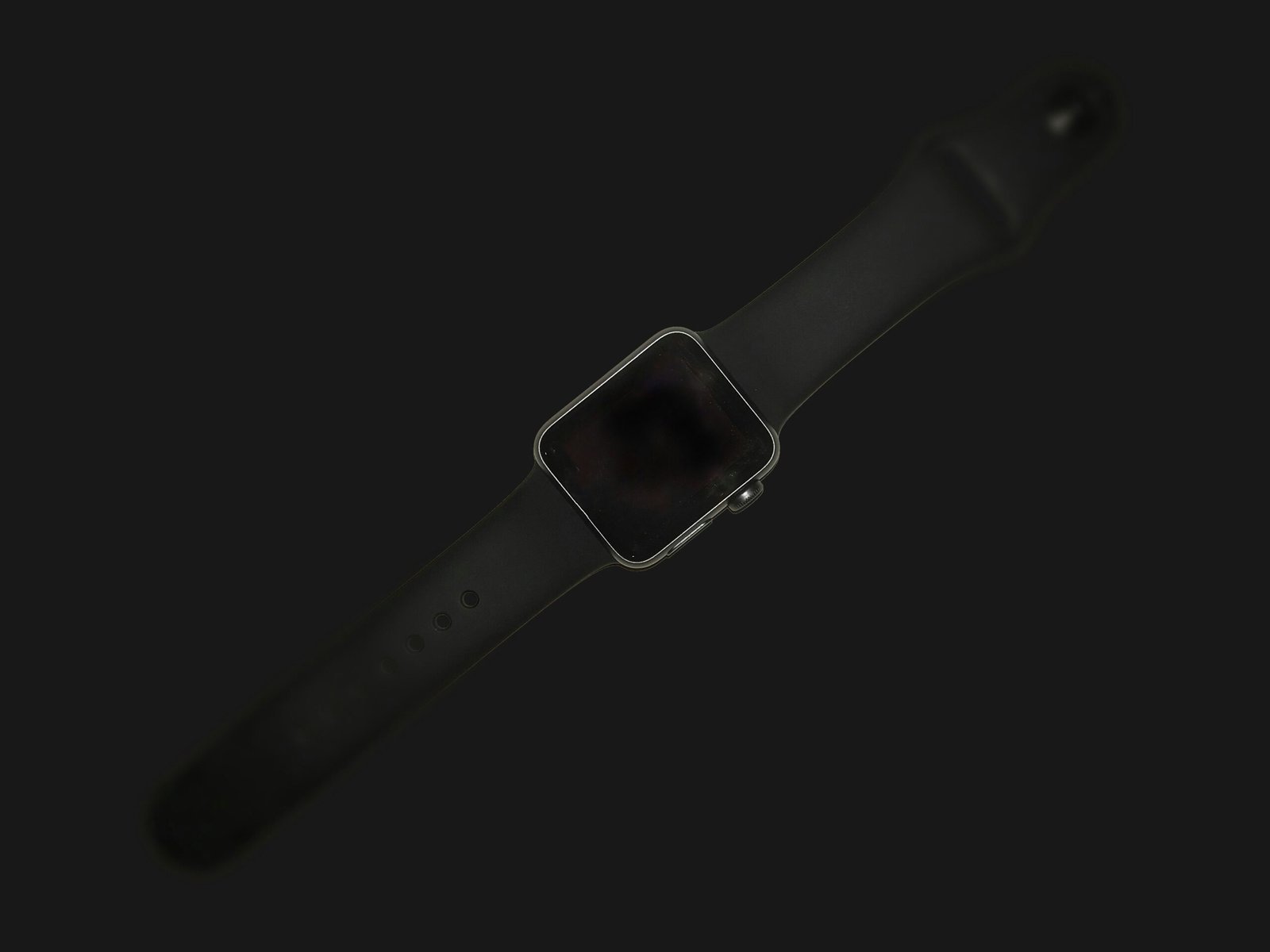How Wearable Tech Tracks Your Progress and Keeps You Motivated

The Rise of Wearable Technology in Fitness
The evolution of wearable technology in recent years has marked a significant turning point in the fitness industry. Initially, fitness tracking was limited to basic pedometers; however, advancements in technology have led to the development of a diverse array of sophisticated devices. Today, smartwatches, fitness trackers, and heart rate monitors have become staples for fitness enthusiasts and casual users alike, making it easier to monitor health metrics while pursuing fitness goals.
Smartwatches, for instance, not only serve as timepieces but also as multi-functional devices that allow users to track workouts, monitor heart rates, and receive notifications, creating an all-in-one experience. Fitness trackers, on the other hand, focus on monitoring steps taken, calories burned, and sleep quality, appealing to a wide demographic. By providing detailed insights into physical activity, wearable devices motivate users to adopt a more active lifestyle, thereby transforming personal training methods.
The convenience offered by these devices cannot be overstated. Wearable technology allows individuals to track their daily activities seamlessly, integrating data collection into their daily lives without the need for tedious manual entry. This real-time monitoring supports users in setting and maintaining fitness goals, ultimately promoting accountability and motivation. Additionally, integration with mobile applications has enhanced the user experience. Users can easily sync their wearables with mobile apps to visualize their progress over time, access personalized workout plans, and receive feedback, further enriching their fitness journey.
As wearable technology continues to advance and become more accessible, its role in the fitness industry is expected to grow even more significant. The increasing variety of devices on the market caters to the diverse preferences and needs of users, solidifying wearable technology as an indispensable tool for fitness tracking and motivation. The rise of these innovative gadgets marks a new era in personal health and fitness, fostering a community dedicated to achieving and surpassing wellness goals.
How Wearable Tech Measures Your Progress
Wearable technology has transformed how individuals monitor their fitness journey by providing a plethora of metrics that track progress in real-time. These devices can measure key performance indicators such as steps taken, calories burned, active minutes, and heart rate. Each of these metrics plays a crucial role in helping users understand their activity levels and overall fitness health.
One of the most fundamental metrics is step tracking. Most wearable devices utilize accelerometers to count the number of steps taken throughout the day, encouraging users to achieve daily movement goals. Many experts recommend a target of 10,000 steps as a benchmark for an active lifestyle. This feature not only keeps individuals accountable but also motivates them to increase their physical activity when they fall short of their goals.
Caloric expenditure is another essential metric. Wearable tech calculates the number of calories burned based on the user’s physical activity level, body composition, and basal metabolic rate. Understanding caloric burn helps users create appropriate diets that align with their fitness objectives, whether they aim for weight loss, maintenance, or muscle gain.
Active minutes provide insight into the length and intensity of workouts. Devices often categorize activities into different intensity levels, allowing users to tailor their routines. For instance, moderate and vigorous exercises are essential for cardiovascular health, and wearable tech helps individuals balance these forms effectively.
Heart rate monitoring is particularly valuable during workouts as it ensures users are training at the right intensity. Many devices provide real-time feedback on heart rate zones, helping individuals optimize their workouts for fat burning or cardiovascular endurance. This real-time data is critical for those looking to achieve specific fitness goals.
To maximize the benefits of wearable technology, users must interpret the data collected thoughtfully. By establishing clear fitness goals and regularly reviewing their metrics, individuals can make informed decisions about their training regimens, ultimately fostering a proactive approach to health and wellness.
The Role of Wearable Tech in Motivation
Wearable technology has emerged as a significant tool for enhancing user motivation in various fitness and wellness pursuits. By incorporating features that encourage goal setting, reminders, and social connectivity, these devices play a pivotal role in keeping users committed to their health objectives. One of the primary motivational functions of wearables is the ability to set and track personalized fitness goals. Users can establish targets such as steps walked, calories burned, or minutes exercised, and receive real-time feedback on their progress. This personalized goal-setting feature instills a sense of purpose and direction, minimizing the likelihood of disengagement.
Furthermore, wearable devices frequently include reminder systems that prompt users to stay active throughout the day. These notifications serve as gentle nudges that encourage individuals to take breaks or engage in physical activity when they might otherwise become sedentary. This consistent encouragement can prove essential, especially for those navigating busy schedules and struggling to find time for exercise.
The social aspect of wearable technology also enhances motivation significantly. Many devices allow users to share their progress on social media platforms, providing an opportunity for public accountability. When users share their achievements, they not only celebrate personal milestones but also inspire others, creating a ripple effect of motivation in their communities. Additionally, many wearable devices facilitate challenges among friends or family, fostering a friendly competition that further motivates users to push their limits.
User testimonials underscore the effectiveness of these wearable technologies in promoting discipline and ongoing engagement. Many individuals report feeling a heightened sense of obligation to meet their fitness goals when they can see their progress through their wearables or compete with peers. These devices foster a supportive community surrounding fitness endeavors, proving that wearable tech is not only about tracking metrics but also about cultivating motivation and accountability.
The Future of Wearable Fitness Technology
The landscape of wearable fitness technology is poised for transformative advancements that promise to enhance user experience and provide deeper insights into health and fitness. As we look forward to the future, several emerging trends are shaping this dynamic sector. One of the most notable innovations is advanced biometric monitoring. Wearables are set to evolve from merely tracking steps to providing real-time data on various health metrics, such as heart rate variability, oxygen saturation, and even stress levels. These improvements are likely to empower users with comprehensive insights about their overall health.
Another significant trend is the integration of artificial intelligence (AI) in wearable devices. AI-driven algorithms can analyze user data, offering personalized recommendations based on individual fitness levels, goals, and preferences. This capability not only enhances motivation but also ensures that fitness regimens are tailored to the specific needs of each user, promoting sustainable lifestyle changes. Additionally, the rise of virtual coaching is set to redefine personal training; wearables could facilitate access to certified trainers who provide remote guidance and support, making fitness more accessible than ever.
However, as the capabilities of wearable technology expand, ethical considerations surrounding data privacy deserve attention. Users entrust their personal health information to these devices, raising concerns about how that data is collected, stored, and utilized. Manufacturers are becoming increasingly aware of these issues and are implementing stronger safeguards to protect user information. Transparency regarding data usage and the option for users to manage their privacy settings will be essential as we move forward in this technology-driven era.
As wearable fitness technology continues to advance, the integration of innovative features promises not just to track progress but to cultivate a more engaged and informed fitness community.





